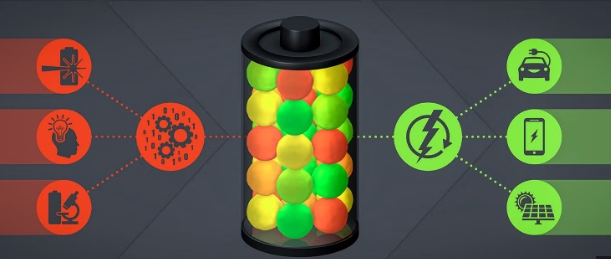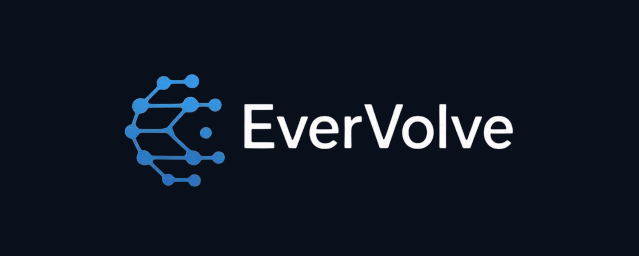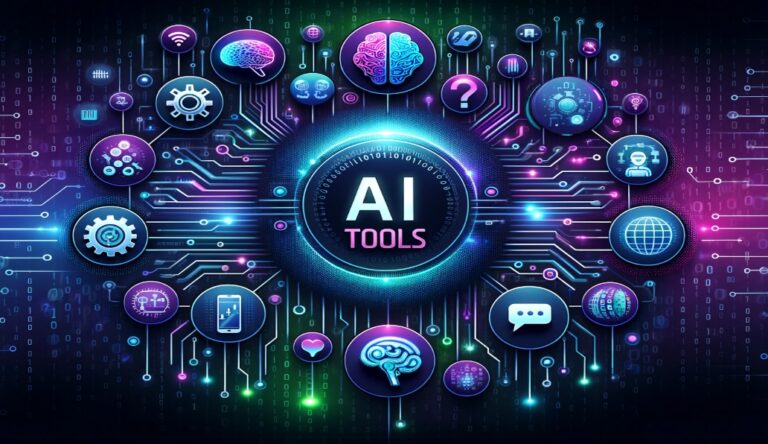AI-Assisted Discovery of Promising New Battery Materials

Stanford University and other leading institutions are leveraging artificial intelligence (AI) to accelerate the discovery of promising new battery materials, addressing critical challenges in energy storage innovation. AI-driven methods have revolutionized traditional battery research, traditionally constrained by slow, trial-and-error experimentation and high costs. By harnessing machine learning, researchers can now rapidly screen millions of potential materials, predict key properties, and optimize battery components to meet urgent demands for sustainable, high-performance energy storage solutions.
One major focus of AI-assisted battery research is the development of solid-state electrolytes—safe, stable, and efficient substitutes for traditional liquid electrolytes used in lithium-ion batteries. Stanford researchers recently validated a novel solid electrolyte chemical compound identified by AI after a seven-year research journey. This material demonstrated superior stability and the ability to withstand high electrical loads without degradation, promising longer-lasting, safer batteries. The accelerated timeline from AI prediction to lab confirmation exemplifies how AI is transforming material discovery from decades-long to a matter of years or months.
Ad Content
Beyond solid electrolytes, AI helps explore alternatives to lithium and cobalt, elements that face ethical and environmental scrutiny due to toxic mining impacts and resource scarcity. By analyzing vast chemical databases and leveraging predictive models, AI identifies viable lithium-reduced or lithium-free materials and electrodes made from more abundant elements like sodium, magnesium, calcium, and zinc. For example, a collaboration involving Stanford and Microsoft used AI to rapidly screen tens of millions of compounds, pinpointing highly stable candidates for next-generation batteries, thereby slashing discovery time from years to weeks.
AI’s big impact also includes improving battery safety, performance, and sustainability. Advanced algorithms monitor battery health, forecast degradation, and optimize formulations for longer cycle life and faster charging capabilities. These capabilities are crucial for electric vehicles, renewable energy storage, aerospace applications, and consumer electronics, all of which demand reliable, green battery technologies. Solid-state batteries designed with AI promise safer operation by eliminating flammable liquid electrolytes, potentially increasing electric vehicle range by 50% or more.
Looking forward, the synergy of AI with high-performance computing and quantum technologies will further expedite breakthroughs. The eventual goal is to design the “perfect battery”: affordable, fast-charging, long-lasting, and environmentally friendly. While no single material or battery fulfills all criteria yet, AI has significantly cut research timelines and expanded the experimental material space beyond human capabilities.
AI-driven battery material discovery is reshaping energy storage research by replacing slow manual methods with data-intensive, predictive approaches. Stanford’s AI-assisted innovations in solid electrolytes and sustainable materials exemplify this trend, promising transformative impacts on global decarbonization efforts and the clean energy transition.
Enjoyed this post?
Subscribe to Evervolve weekly for curated startup signals.
Join Now →







